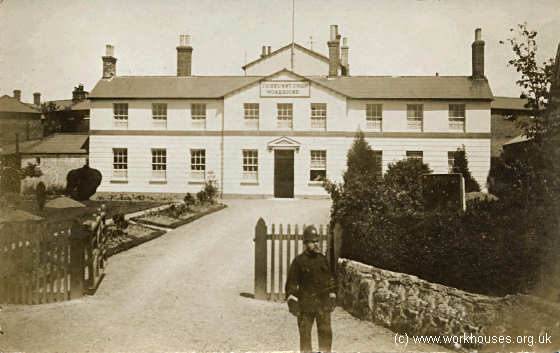Dr Richard Aspin pursues the dramatic account by a Victorian barrister admitted to a lunatic asylum in 1875 in the newly digitised casebooks of Ticehurst House Hospital.
“I was therefore ‘removed,’ half-dying, in a state of semi-consciousness, I can scarcely remember how, to the castellated mansion mentioned in my first chapter. The wrong should have been impossible, of course; but it is possible, and it is law. My liberty, and my very existence as an individual being, had been signed away behind my back. In my weakened perceptions I at first thought that the mansion was an hotel. Left alone in a big room on the first evening, I was puzzled by the entrance of a wild-looking man, who described figures in the air with his hand, to an accompaniment of gibber, ate a pudding with his fingers at the other end of a long table, and retired. My nerve was shaken to its weakest, remember; and I was alone with him! It was not an hotel. It was a lunatic asylum.”
In this shocking account from Herman Charles Merivale (1839-1906) it shows the way hospitals treated the mentally ill. Looking into this closer I am really interested in the treatment of the mentally ill during the Victorian era as it has always interested me. I love looking at the ways people were treated and what they were admitted to the hospital for. This has interested me due to the massive leap we have made in medicine and how different it is compared to today's mental health hospitals. This being said I researched for Victorian asylums and found some interesting stuff. I want to link this with my final project and my final images. The misplacement of the patients is quite interesting as they were put in the hospital for the most bizarre reasons. I have found afew images of this real life asylum and feel they link really well with the similar ideas from both Arthur Tress and Meatyard both of which I have researched and found as a big inspiration.



No comments:
Post a Comment